There are several unique ways to keep your gums healthy and maintain a regular oral hygiene. Here are a few easy and practical methods, prescribed by doctors.
Intake of Vitamin C: foods rich in vitamin C can help in avoiding any gum diseases or infections. Fruits like strawberries, papayas, oranges, grapes and lemons are rich in Vitamin C and antioxidants that are not only healthy for your body but are also beneficial for your gums. They help with the growth of body tissues and with the regeneration of bones. Rubbing lemon juice and a little bit of salt on irritated gums can also temporarily relieve pain.
Rinse with Hydrogen Peroxide: you may have heard about the benefits of using hydrogen peroxide when it comes to clean ear wax! Well, it is also useful for keeping gum infections and inflammations at bay. Mix ½ teaspoon of peroxide powder into about half a cup of water and rinse your mouth regularly with it. This method is also used in case of toothache to ease the pain.
Rinse in salt water: an even simpler method than Hydrogen Peroxide, is rinsing your mouth in salt water. Make sure the water is lukewarm and try this solution once or twice a day for great results.
Gum massage: massage your gums on a regular basis; this ensures blood circulation and prevents gum deterioration.
Chewing gum: considered a good form of exercise for your gum and jaws, nowadays there are many forms of special dental chewing gums available on the market. These chewing gums contain Xylitol, a sugar substitute that helps limiting the growth of bacteria inside your mouth.
Avoid excessive consumption of acidic foods (olive oil, low-fat yogurt, whole milk, butter…) on a regular basis, as they can cause gum irritation because of the imbalance created in the pH level of gums and saliva.
Flossing: you should make this a part of your daily routine, as it is one of the most effective ways to keep clean teeth. A tooth brush is not always capable of reaching every crack where tiny pieces of food may deposit, but flossing can help solving this problem. Be gentle and pay attention to make sure you cover every spot.
Apples: does really an apple a day keep the doctor away?! Yes, eating apples is an effective way of curing gum infections and it is also a natural exercise, keeping your gums stronger and firm.
Hydration: believe it or not, drinking water frequently is not only good for your system; it also rinses your mouth, ensuring fresher breath and healthier body and skin.
Your digestive system’s health can also reflect on the gums. Eating healthy and ensuring proper digestion prevents bad breath and an unhealthy smile.
For more information on dental issues and dental health, give our office a call at 212-481-2535. We look forward to speaking with you.
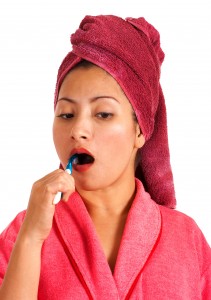
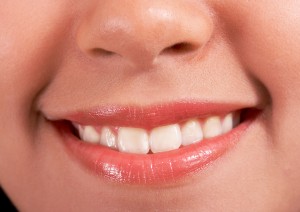 Having your teeth whitened at the dentist’s office can be quite an expensive investment but offers the one of the best enhancements to your smile. For this reason, it is important that you take care of your newly whitened teeth so that they can maintain their color for a long time. One way of ensuring this is watching what you eat. You need to be particularly careful about what you eat in the first few weeks after the teeth whitening procedure. In this post, we tell you the foods to eat as well as those you need to keep away from.
Having your teeth whitened at the dentist’s office can be quite an expensive investment but offers the one of the best enhancements to your smile. For this reason, it is important that you take care of your newly whitened teeth so that they can maintain their color for a long time. One way of ensuring this is watching what you eat. You need to be particularly careful about what you eat in the first few weeks after the teeth whitening procedure. In this post, we tell you the foods to eat as well as those you need to keep away from.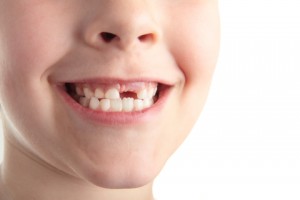

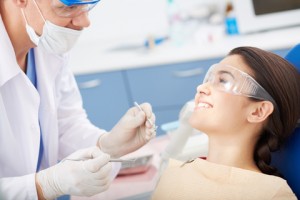
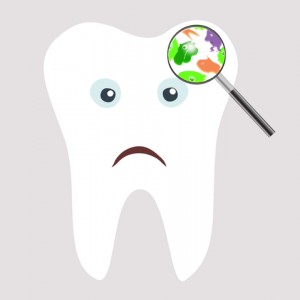
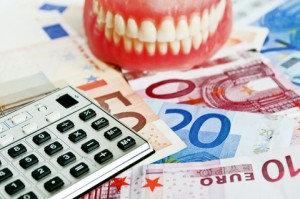 You might think that it’s hard to find out what dental care insurances are available, on your own. There are so many different kinds of dental insurance from which to choose, and it seems mind-boggling. The insurance plan you choose will depend on your specific situation and income. Make sure that the dental insurance, just as with any other type of insurance, is worth the price, and that it fits into your budget.
You might think that it’s hard to find out what dental care insurances are available, on your own. There are so many different kinds of dental insurance from which to choose, and it seems mind-boggling. The insurance plan you choose will depend on your specific situation and income. Make sure that the dental insurance, just as with any other type of insurance, is worth the price, and that it fits into your budget. There are many things to think about when you are considering the dental care for your children. You want them to have clean, white smooth, straight teeth, and these factors will enable your children to have more confidence, and will also help make their smiles more beautiful, and this will help them to develop a personality that is more attractive to others.
There are many things to think about when you are considering the dental care for your children. You want them to have clean, white smooth, straight teeth, and these factors will enable your children to have more confidence, and will also help make their smiles more beautiful, and this will help them to develop a personality that is more attractive to others.